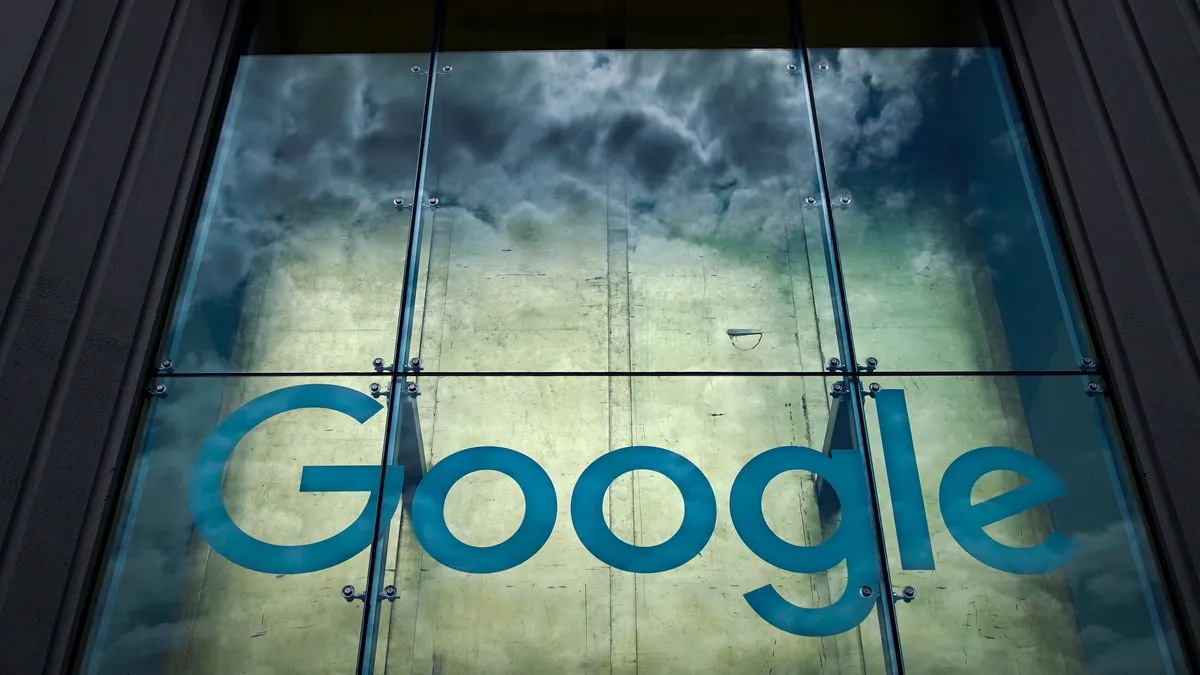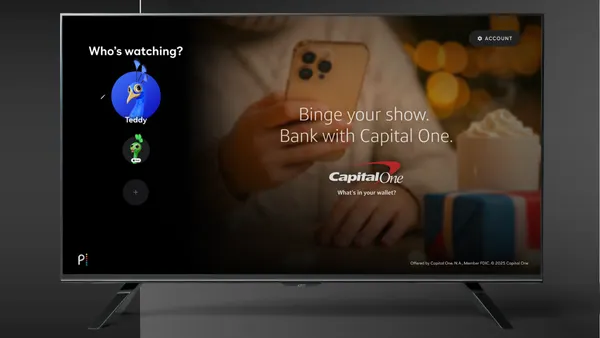The following is a guest piece by Sean Cunningham, CEO and president of the Video Advertising Bureau. Opinions are the author’s own.
For just a few minutes, let’s set aside today’s ad market questions on the Adalytics revelations of a Google/YouTube ad fraud scandal. Let’s look past the questions of, “Did they really burn 1,100 major advertisers over three years with useless non-ads in really bad places, and counted it all as premium inventory?” and allow ourselves to ask the much bigger question — why would any ad seller do that?
I believe the answer to “why” lies in an indictment of the ad industry’s all-too-willing non-oversight of Google and YouTube. If Google gamed the ad marketplace and burned advertisers so blatantly, they did so for the most obvious of reasons: Because they could.
Google “could” because of compromised transparency standards that caved to walled gardens, they “could” because an all-consuming buy-side ambition to find cheaper scale as a perpetual must-do for passing grades and retaining accounts. They “could” because of the undebatable truth in “overseeing” walled gardens like Google — you get to see what they let you see.
Caving to the walled gardens on (non) transparency has resulted in Google being able to flash “just-like-TV” merit badges of auditor’s accreditation, also badges beginning with the words verified, certified, safe and trusted. All the badge-givers compromised by accepting they would never get behind the Google walls (I’m sure they did ask nicely), and failed in getting any level of data transparency comparable to the standards of third-party TV data; settling instead on whatever first-party data Google let them see. The badges then helped game “easy” choices, who on the buy-side had the time or inclination to inquire behind the familiar badges that could help permission the “buying of as much Google/YouTube as you like or dare… it’s all super legit (and super efficient!).”
Assuming the Adalytics report on Google ad fraud is accurate, the real costly gaming was done directly on the buy/sell market math itself.
In the wake of the extent and duration of the fraud revelations, some bright young person armed with that Adalytics data is right now quantifying the artificial pricing pressure Google was able to exert on other sellers by means of phantom scale and empty impressions, all of which were counted as pricing “wins” by the buy-side. Given the estimate of $13 billion lost to advertisers because of ads in violation of Google’s own standards, no one on the buy-side got more burned than the advertisers and their brands, thus the damage was cumulative and exponential.
So, is the last we will see of massive ad fraud by the walled gardens? How could you know?
So long as the industry keeps all the transparency compromises and double-standards in place between multi-screen TV and the walled gardens like Google, we will always have to ask ourselves the same question: what could the next great advertiser-burning/market-gaming ad fraud scandal look like?













